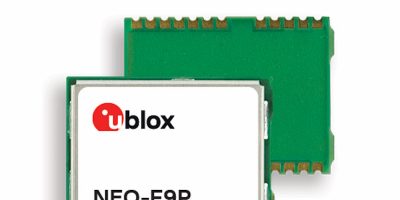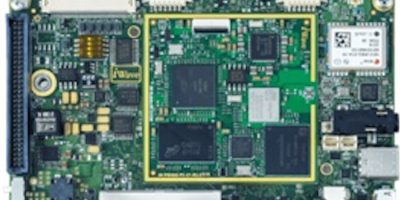A dual-band FG28 SoC, designed for long-range networks and proprietary protocols such as Amazon Sidewalk and Wi-SUN includes radios for sub-GHz and 2.4Ghz Bluetooth LE. Silicon Labs announced that the FG28 also has a built-in AI / ML accelerator for machine learning inference and its proprietary Secure Vault technology.
“The FG28 SoC addresses several key needs for our customers when it comes to developing and deploying low-power wide area networks,” said Daniel Cooley, CTO of Silicon Labs. “By including Bluetooth, it gives users an easy way to provision and deploy new devices onto the network, while the sub-Ghz band is designed to support device communications over one mile, allowing for new edge applications in areas like smart agriculture, smart cities, and neighbourhood networks like Amazon Sidewalk.”
Emerging applications require solutions that can provide a “Swiss army knife” of connectivity options, said Silicon Labs. By providing sub-Ghz connectivity using networks like Wi-SUN, the FG28 can serve as the battery-operated end node in smart cities, for example, as a tracker on refuse collection lorries to help locate them and check the last time they were emptied. Other uses are in irrigation systems across multi-acre commercial farming operations, or as livestock trackers and health monitors on sprawling ranches. Bluetooth connectivity not only allows for devices to easily be deployed on the network, but also allows for operators to connect to the device locally for diagnostics and data downloads.
Other features which open new applications for sub-Ghz devices are what is claimed to be the industry’s first integrated AI / ML hardware accelerator in a sub-Ghz SoC. This allows for machine learning inference at the edge to enable predictive maintenance warnings, monitor soil conditions for key conditions like moisture and pH levels.
There is also 1024kbytes of flash storage and 256kbytes of RAM, to meet the memory needs of a wide range of protocols and technology stacks, said Silicon Labs.
Its Secure Vault Mid and High support allow designers to choose the level of security needed for applications while the energy-efficient radio core with low active and sleep currents with fast wakeup times preserver battery life for end nodes.
There are also up to 49 general purpose I/O pins.
The FG28 is sampling now with general availability planned before the end of Q3 2023. Derivatives optimised for Amazon Sidewalk and Z-Wave Long-Range and a standalone MCU are also planned.






